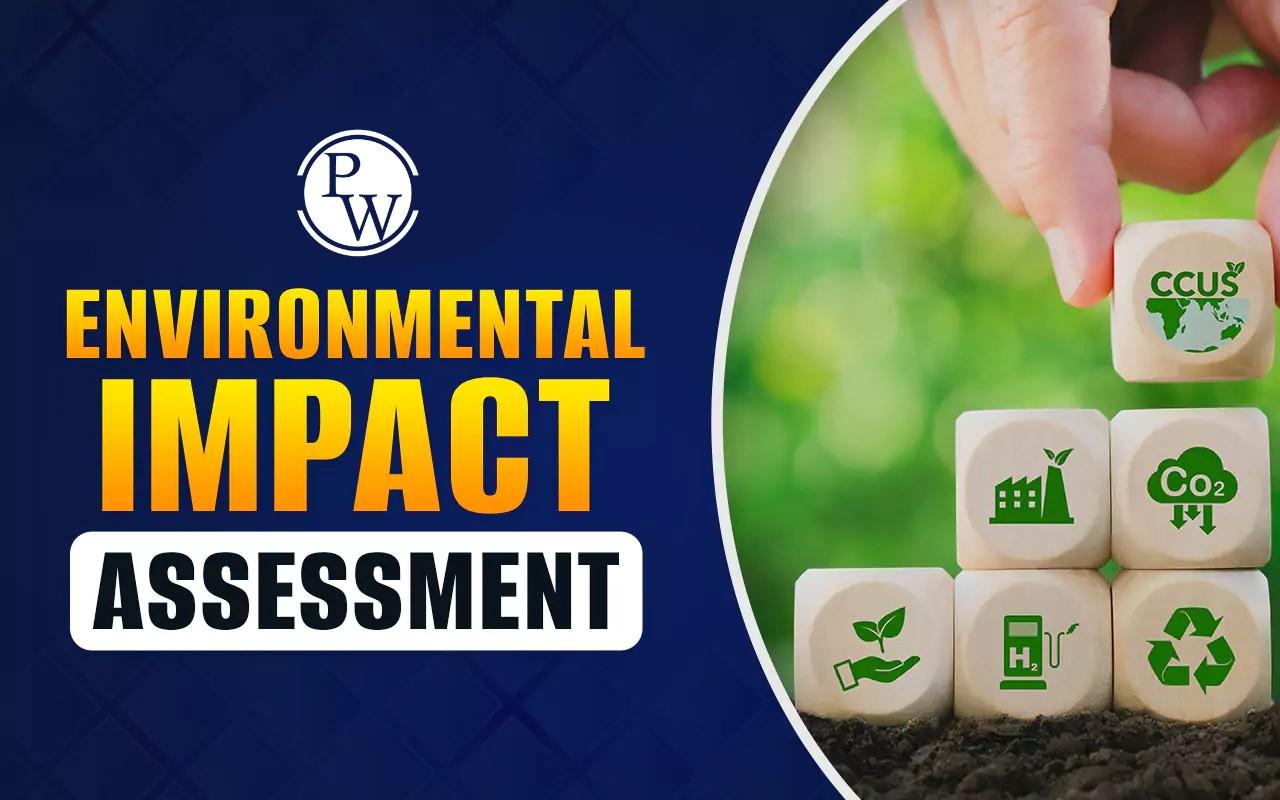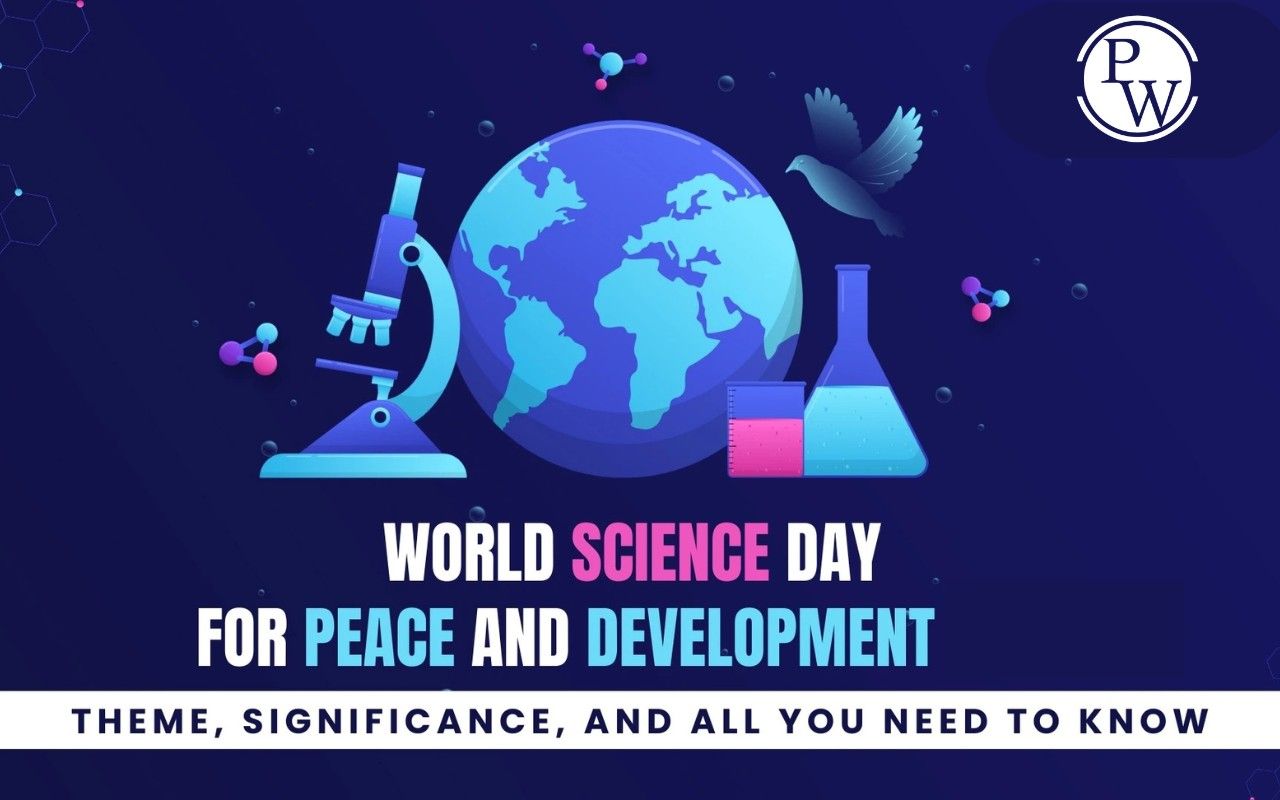

UPSC Animal Husbandry & Veterinary Science Optional Syllabus is designed to test a candidate's theoretical knowledge and practical application skills in the management and health of livestock.
Selecting the right optional subject is a crucial step for aspirants preparing for the Civil Services Examination (CSE). This optional subject is divided into two papers, Paper I and Paper II, each carrying 250 marks, totaling 500 marks for the optional segment.
UPSC Animal Husbandry & Veterinary Science Optional Syllabus Overview
The syllabus for the Animal Husbandry and Veterinary Science optional is comprehensive, covering both animal production and veterinary medicine aspects. It is broadly divided into two main papers:
-
Paper I: Focuses on the production and biological sciences, including Animal Nutrition, Physiology, Reproduction, Genetics & Breeding, Livestock Production and Management, and Extension.
-
Paper II: Focuses on animal health and technology, covering Anatomy, Pharmacology and Hygiene, Animal Diseases, Veterinary Public Health, Milk and Milk Products Technology, and Meat Hygiene and Technology.
UPSC Animal Husbandry & Veterinary Science Optional Syllabus Paper I
Paper I focuses on the scientific principles governing the life and productivity of animals.
1. Animal Nutrition
This section covers the basics of animal feeding and diet formulation.
-
Energy and Protein: Partitioning of food energy (calorimetry), energy requirements for various production stages, latest advances in protein nutrition, and the use of Non-Protein Nitrogen (NPN) compounds in ruminant diets.
-
Minerals and Vitamins: Sources, physiological functions, deficiency symptoms, and the role of major and trace minerals and fat/water-soluble vitamins.
-
Feed and Fodder: Conservation of fodders, storage of feeds, latest advances in feed technology, and anti-nutritional factors.
-
Rations: Developing practical and economic rations for dairy cattle, sheep, goats, pigs, and poultry for different stages of growth and production.
2. Animal Physiology
It involves the study of the normal functions of the animal body systems.
-
Circulatory and Excretory Systems: Physiology of blood (constituents, functions, coagulation), circulation (cardiac cycle, heart rate, blood pressure, shock), and the structure and function of the kidney in urine formation and acid-base balance.
-
Endocrine Glands: Synthesis, mechanism, and control of hormone secretion, along with associated functional disorders.
-
Growth and Production: Prenatal and postnatal growth, factors affecting growth, and body composition.
-
Environmental Physiology: Mechanisms of adaptation, environmental factors influencing animal behavior, and the effect of stress on health and production.
3. Animal Reproduction
This topic covers the reproductive cycle and breeding techniques.
-
Reproductive Organs: Male and female reproductive organs, their components, and functions.
-
Semen Technology: Components, physical and chemical properties of semen, preservation techniques (deep freezing), and factors affecting semen quality and production.
-
Artificial Insemination (AI): Detection of oestrus and the timing of insemination for better conception, including problems like anoestrus and repeat breeding.
4. Genetics and Animal Breeding
This is the core of animal improvement and inheritance.
-
Basic Genetics: Mitosis and Meiosis, Mendelian inheritance, Linkage, Crossing over, and Sex determination.
-
Molecular Genetics: Gene structure, DNA as a genetic material, Genetic code, Protein synthesis, and Recombinant DNA technology.
-
Population Genetics: Gene and genotypic frequency, forces changing gene frequency, inbreeding, and effective population size.
-
Breeding Systems: Methods of selection, construction of selection indices, Progeny testing, Inbreeding, Outbreeding, Upgrading, and Cross-breeding.
5. Livestock Production and Management
Covers the commercial management of farm animals.
-
Commercial Farming: Development of practical and economic rations, feeding regimes, and management for dairy cattle, sheep, goats, pigs, rabbits, and poultry (meat and egg production).
-
Farm Economics: Capital and land requirements, socio-economic concepts, and feeding and management of animals under natural calamities like drought or flood.
UPSC Animal Husbandry & Veterinary Science Optional Syllabus Paper II
Paper II focuses on the health, hygiene, and products derived from animals.
1. Anatomy, Pharmacology, and Hygiene
-
Anatomy: Histology (tissue processing, microscopy, cell structure), Embryology (Gametogenesis, fertilization, placentation), Bovine Anatomy (regional anatomy, nerve blocks, superficial lymph nodes), and Anatomy of Fowl.
-
Pharmacology: Pharmacodynamics, pharmacokinetics, drugs acting on different body systems, antimicrobial use, chemotherapy, and toxicity (metals, insecticides, zootoxins).
-
Hygiene: Assessment of pollution (water, air, soil), impact of climate on animal health, and animal housing requirements for pregnant and milking animals.
2. Animal Diseases
This is a critical section for candidates to understand animal health.
-
Infectious Diseases: Etiology, epidemiology, pathogenesis, symptoms, diagnosis, and control of major infectious diseases in cattle, sheep, goats, horses, pigs, and poultry.
-
Non-Infectious Conditions: Diagnosis and treatment of production diseases (e.g., milk fever), deficiency diseases, and non-specific conditions like bloat, indigestion, and poisoning.
-
Prevention: Principles and methods of immunization, herd immunity, disease-free zones, and the zero disease concept.
3. Veterinary Public Health
-
Zoonoses: Role of animals in the transmission of diseases to humans (Zoonotic diseases) and their prevention.
-
Jurisprudence: Rules and regulations for the improvement of animal quality and the prevention of animal-borne diseases.
4. Milk and Milk Products Technology
-
Milk Chemistry: Physico-chemical properties of milk, quality control, and testing for adulterants.
-
Technology: Processing (pasteurization, sterilization), manufacture of major milk products (butter, cheese, ice cream), and technology related to them.
5. Meat Hygiene and Technology
-
Meat Hygiene: Inspection of animals before and after slaughter, methods of slaughtering, and regulatory provisions in meat trade.
-
Technology: Physical and chemical characteristics of meat, preservation methods (curing, canning, irradiation), processing, and utilization of by-products and slaughterhouse waste.
UPSC Animal Husbandry & Veterinary Science Optional Syllabus PDF Download
UPSC Animal Husbandry & Veterinary Science Optional Syllabus provides a comprehensive roadmap for candidates preparing for this specialized optional subject. It covers essential topics such as animal husbandry, veterinary science, breeding, nutrition, disease management, and livestock production, divided into Paper 1 and Paper 2.
Aspirants can thoroughly review the syllabus to plan their preparation effectively and ensure coverage of all important areas. Students can download the complete PDF of the syllabus from the link below to keep it handy for reference and detailed study.
UPSC Animal Husbandry & Veterinary Science Optional Syllabus PDF Download
UPSC Animal Husbandry & Veterinary Science Preparation Strategy
Preparing for the UPSC Animal Husbandry & Veterinary Science optional requires a strategic approach due to the subject’s specialized nature. A focused study plan, strong grasp of core concepts, regular revision, and practical application are key to effective preparation.
-
Understand the Syllabus: Thoroughly review Paper 1 and Paper 2, focusing on topics like animal nutrition, breeding, disease management, and veterinary practices. Prioritize based on weightage and importance.
-
Create a Study Plan: Develop a structured timetable with daily goals and regular revision sessions for effective preparation.
-
Focus on Core Concepts: Build a strong foundation with basic concepts before moving on to advanced topics, practical applications, and case studies, especially for Paper 2.
-
Practical and Case-Based Learning: Gain hands-on experience where possible and study real-life scenarios to apply theoretical knowledge.
-
Practice Answer Writing: Write structured, concise answers and take mock tests to improve clarity, presentation, and time management.
-
Stay Updated: Keep track of recent developments, innovations, and research in veterinary science and animal husbandry. Incorporate contemporary knowledge into your answers.
-
Regular Revision: Use summary notes and highlights for focused revision to ensure knowledge retention.
-
Health and Well-being: Maintain a balanced routine, healthy diet, exercise, and adequate sleep to stay physically and mentally fit for studying.
UPSC Animal Husbandry & Veterinary Science Optional Syllabus FAQs
Is Animal Husbandry & Veterinary Science a good optional subject for UPSC?
How many papers are there in the Animal Husbandry optional?
What is the scope of Animal Husbandry?
How should one prepare for this optional subject?











